Elon Musk’s ventures have consistently pushed the boundaries of technology, from electric vehicles to space exploration. The prospect of a flying metal suit of armour, while seemingly drawn from the pages of science fiction, is not merely a fantastical pursuit but a logical and necessary step in humanity’s technological evolution.
Building such a suit aligns with several critical imperatives: expanding human capabilities, ensuring safety in an age of robotics, and promoting a pro-growth mindset that can counter regressive forces seeking to stifle progress.
1. Expanding Human Potential: Becoming a Multi-Domain Species
Mastering land, sea, air, and space requires transcending the limitations of the human body. A technological suit, akin to the power armour envisioned in science fiction (e.g., Iron Man, Halo’s MJOLNIR armour, Red Angel Suit of Star Trek Discovery, or the Mobile Infantry suits from Starship Troopers), provides guidance as to some of the possibilities and potential of wearable augmentation.
Aerospace and Space Exploration: Operating in extreme environments, whether the harsh vacuum of space or the thin atmosphere of Mars, demands life support, enhanced mobility, and protection from radiation and micro-meteoroids. A suit could provide astronauts with the tools to build habitats, conduct repairs, and explore with unprecedented freedom.
Deep-Sea Exploration: Reaching the depths of our oceans, where crushing pressure and darkness reign, is a formidable challenge. A suit equipped for underwater navigation, communication, and sample collection would unlock a vast realm of scientific discovery.
Disaster Relief and Search & Rescue: In disaster zones, where terrain is treacherous and time is critical, a suit could empower first responders with enhanced strength, endurance, and the ability to reach otherwise inaccessible areas.
2. Ensuring AI Safety in the Age of Robotics: Guardians, Not Competitors
The rise of robotics and AI presents both opportunities and challenges. While fears of a dystopian “robot takeover“ are often overblown, ensuring safety in a world increasingly populated by robots is crucial. Rather than viewing humans as competitors to robots, a suit of armour could empower us to be guardians of this technology.
Superior Protection: A suit, constructed from advanced materials and equipped with energy shields (as envisioned in science fiction), could provide unmatched protection against robotic malfunctions or potential hostile actions.
Enhanced Sensory Capabilities: Integrated sensors (thermal vision, multispectral vision, enhanced hearing, X-Ray scanning) would allow humans to perceive the world through a robot’s “eyes,” understanding their actions and intentions better.
AI Integration: By integrating AI systems into the suit itself, humans could achieve a level of cognitive enhancement that allows for real-time analysis of complex situations, rapid decision-making, and enhanced situational awareness, and the ability to identify whether other AI systems are lying to them or trying to manipulate and/or control them.
This creates a future where humans and robots coexist safely and productively, with humans guiding the development and deployment of AI in a responsible and ethical manner.
3. Countering Regression: A Symbol of Progress and Human Ingenuity
The “religious factions” attempting to restrict human progress and confine us to a technologically stagnant existence is crucial. While these groups may not always be overtly religious, their ideology often reflects a fear of change and a desire to return to a simpler, less technologically driven world.
A flying metal suit of armour, a symbol of human ingenuity and our relentless pursuit of progress, stands in direct opposition to this regressive ideology. It embodies:
A Pro-Growth Mindset: It demonstrates that humanity can embrace technology to expand our capabilities and overcome limitations, rather than retreating from challenges.
Empowerment Through Technology: It showcases the potential for technology to enhance human lives, making us safer, more capable, and able to explore new frontiers.
A Counter-Narrative to Fear: It provides a tangible example of how technology can be a force for good, countering the narratives of fear and distrust that often surround advancements like AI and robotics.
By building this suit, Elon Musk would not only be creating a technological marvel but also a powerful symbol of human potential and our ability to shape a positive future.
We’ve witnessed tremendous innovation in digital technologies, but other fields, like mechanical engineering, aerospace, and materials science, have lagged behind. Building a suit of armour would necessitate pushing the boundaries of these disciplines:
Advanced Materials:Developing lightweight, durable materials capable of withstanding extreme temperatures, pressures, and impacts is essential. This could involve breakthroughs in nanotechnology, composites, or even liquid metal technology/liquid cellular structures.
Propulsion Systems:Achieving controlled flight requires innovative propulsion systems, potentially leveraging advanced jet engines, anti-gravity technologies (still theoretical but worth exploring), or entirely new forms of energy manipulation.
Life Support and Sensory Enhancement: Integrating complex life support systems, augmented reality displays, and multi-spectral sensors demands expertise in bio-engineering, optics, and electronics.
This project would act as a catalyst for multi-disciplinary innovation, driving advancements that could have far-reaching applications beyond the suit itself.
5. Conclusion: A Bold Leap Forward
Building a flying metal suit of armour is not merely a whimsical pursuit; it is a strategic imperative for a species poised to become truly multi-domain. By embracing this challenge, Elon Musk can not only expand human potential but also inspire a new generation of engineers and scientists to tackle the seemingly impossible. This suit could be the key to unlocking a future where humanity thrives, explores, and safeguards all life and all systems of existence against AI takeover, a future in a world increasingly shaped by artificial intelligence and advanced robotics, but perhaps guided in balance by a humanity ascending to next stage.
6. Additional Information
Note:It can also keep all of the world’s engineers safe from anti AI and anti technology humans throughout 21st century.
Note to Elon or other billionaires interested in being like Elon: If the goal is to build a space station like Elysium, say 10 to 100 million people, you will need this suit to make repairs, as the current space suits seem awe-fully passive, slow and electronically/robotic-ally un-enhanced for speed, strength, resilience, durability, impact protection, CBRN protection, which billionaires should actually all be collaboratively funding/developing, all 3000+ billionaires should be trying to innovate along an “Iron Man like suit platform” as it can be the key to multi domain engineering breakthroughs, not just IT and software/mobile), information analysis, space travel and even with inability to handle tools that one might need to fix quickly damage to surface area of ships.
The problem is that the billionaires only believe that citizens will only buy smartphones, when in fact citizens would much rather buy an angel suits.
Another Note to Elon or other billionaires interested in being like Elon: Ensuring that the suits are secure from malicious AI control involves incorporating multiple layers of security that require unique human presence and input. Here are key design features for these suits:
-
Physical Pressure Input: The suits should be designed to require consistent physical pressure inputs that only a human can provide. This can include manual controls, pressure sensors, and touch-sensitive interfaces that respond to the unique patterns of human interaction.
-
Biological Identification: Each suit should include biometric identification systems that perform high-resolution scans of the user’s unique biological markers. These markers could include fingerprints, retinal patterns, and even unique aspects of their movement and posture (and potentially deep physical and neural scans for added confirmation of authentic human pilot).
-
Redundant Authentication: Implement multiple layers of authentication that must be verified before the suit can be activated or controlled. This might include passwords, multi-factor authentication, and real-time biometric verification (including advanced bio-metrics such as advanced internal scanning and imaging).
-
Onboard Sensors: Equip the suits with advanced onboard sensors that continuously monitor the user’s biometrics and physical inputs. These sensors should be capable of detecting any anomalies or unauthorized attempts to access the suit’s controls.
-
Failsafe Mechanisms: Design the suits with failsafe mechanisms that can immediately disable critical functions if an unauthorized control attempt is detected. These mechanisms should be physically integrated into the suit and only resettable through secure, human-operated processes.
-
Secure Communication Channels: Ensure that all communication channels between the suit and any external systems are highly encrypted and use secure protocols to prevent interception and tampering.
-
Regular Security Updates: Implement a system for regular security updates and patches to protect against new threats. These updates should be delivered securely and require human verification before being applied.
By integrating these features, the suits will have robust protections against unauthorized AI control while ensuring they remain fully functional for their intended human users.
Related Content:
Title: “Charting the Course: Realigning the AI Safety Board for a Future Forged in Innovation and Exploration” https://skillsgaptrainer.com/charting-the-course-realigning-the-ai-safety-board/
Title:“Echoes of the Past: The Best of Two Worlds” https://skillsgaptrainer.com/echoes-of-the-past-the-best-of-two-worlds/
Title:“The Future of AI – Decoding the Fourth Industrial Revolution, Transcending the Borg, Embracing Strong Humanity Through AI, Blockchain and Iron-Man Technologies” https://skillsgaptrainer.com/the-future-of-ai/
Title:“The AI Arms Race: Understanding the US-China Competition in Artificial Intelligence” https://skillsgaptrainer.com/the-ai-arms-race/
Title: “Navigating the AI Dilemma: Balancing Innovation and Safety in the Age of AI” https://skillsgaptrainer.com/navigating-the-ai-dilemma/
Title: “Beyond Warp Speed: The Traveller’s Teachings on Human Potential and the Power of Thought” https://skillsgaptrainer.com/beyond-warp-speed/
Title:“Strategic EMP Protection and Decentralization: SGT’s Vision for Technological Resilience Enhancement to Elon Musk’s Companies” https://x.com/SkillsGapTrain/status/1804636456746422418
Title:“Strengthening NATO Integrity by Adopting A Starfleet Universal Communicator Badge: A Vision for Europe’s NATO Armies” https://x.com/SkillsGapTrain/status/1805220279636890107
Title: “Elon Musk and the Future of Secure Communications: Building a Resilient and Autonomous Society” https://x.com/SkillsGapTrain/status/1800497857490788748
Title: “From Matrix to Reality: Elon Musk as Morpheus and SGT as the Blueprint for a Revolutionary Future” https://x.com/SkillsGapTrain/status/1810072673042698296
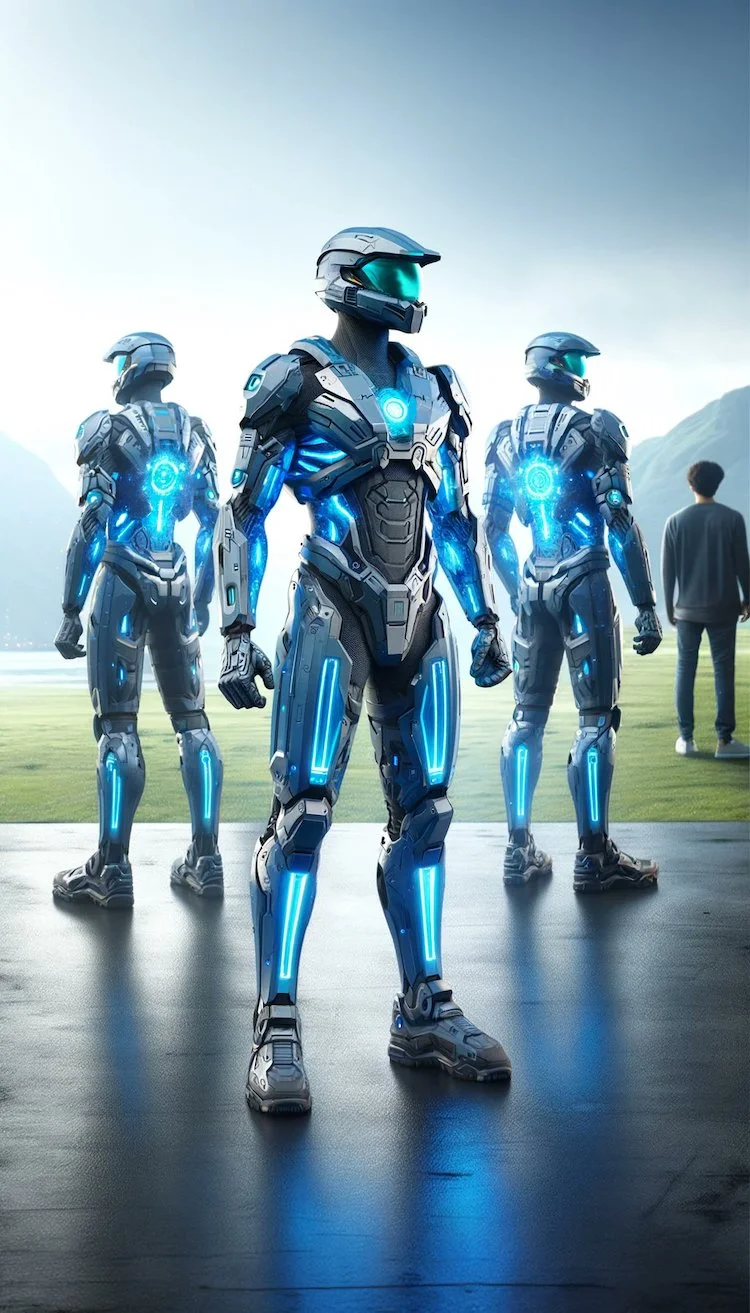
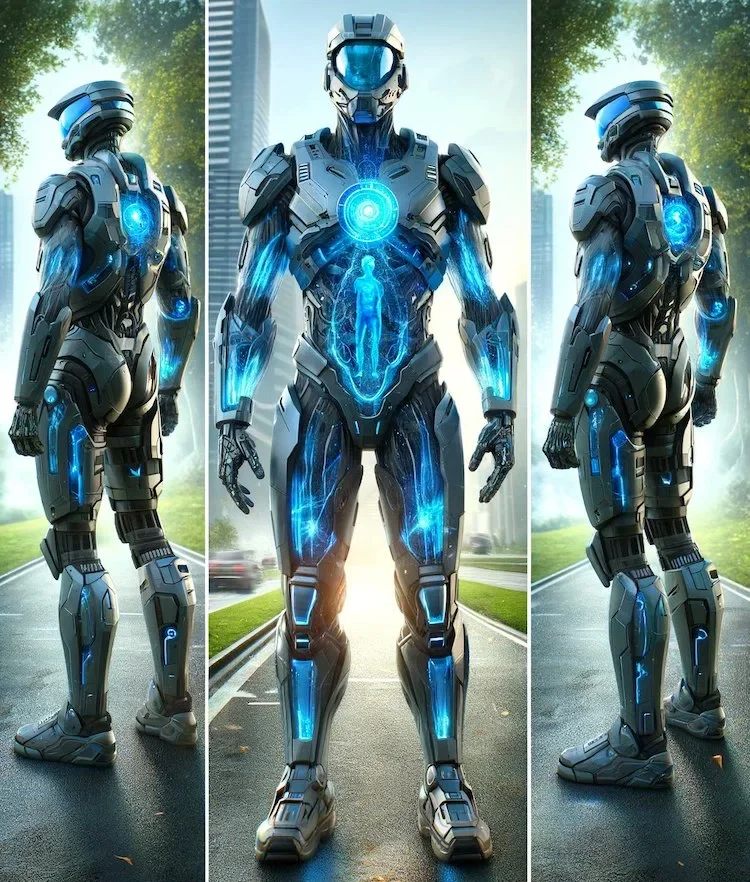
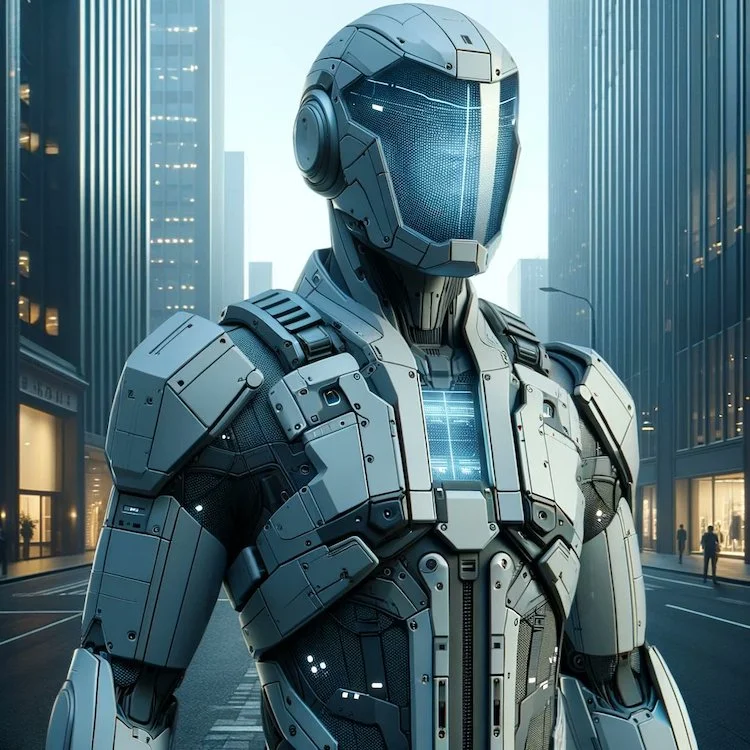
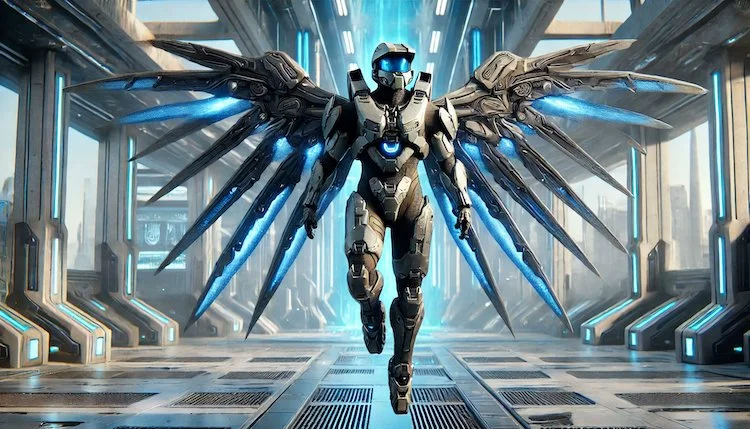
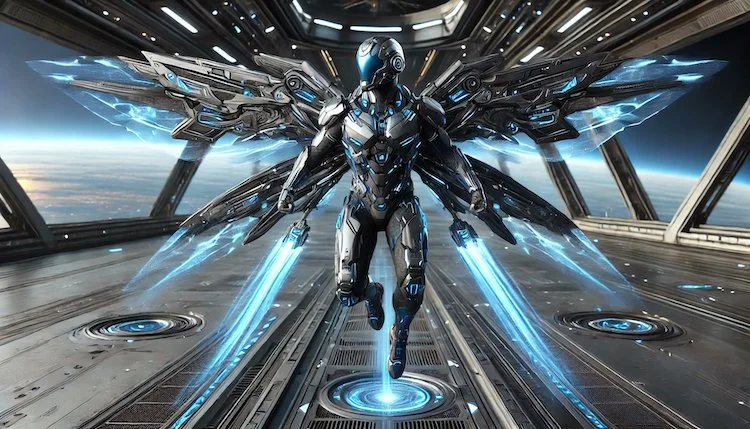
‘Fix the broken countries of the west through increased transparency, design and professional skills. Support Skills Gap Trainer.’
To see our Donate Page, click https://skillsgaptrainer.com/donate